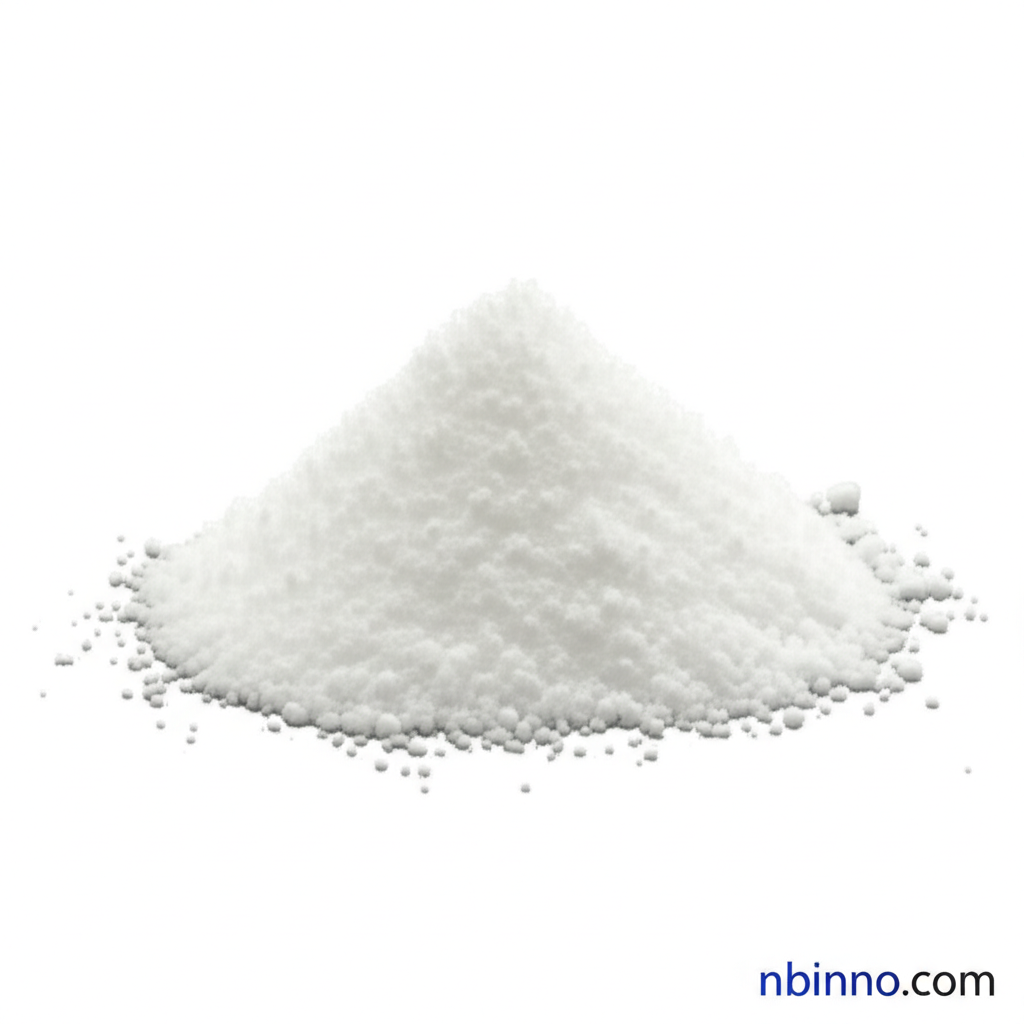1,3,5-Trifluoro-2,4,6-triiodobenzene: A Versatile Intermediate for Organic Synthesis and Advanced Materials
Explore the unique properties and applications of this potent halogen bond donor in cutting-edge chemical research.
Get a Quote & SampleProduct Core Value

Trifluoro Triiodobenzene
This compound is a cornerstone in advanced chemical synthesis, particularly recognized for its role as a potent halogen bond donor. Its unique molecular structure, featuring three fluorine and three iodine atoms on a benzene ring, makes it indispensable for precise molecular assembly and the creation of novel functional materials, offering significant advantages in areas like crystal engineering and supramolecular chemistry.
- Discover the nuanced chemistry of halogen bonding and its applications in crystal engineering using 1,3,5-trifluoro-2,4,6-triiodobenzene synthesis.
- Explore the biological applications of iodinated compounds, understanding how this intermediate contributes to potential antimicrobial and cytotoxic research.
- Leverage this versatile compound for supramolecular chemistry, enabling the design of sophisticated molecular architectures and functional materials.
- Learn about the synthesis of optoelectronic materials, where Trifluoro Triiodobenzene plays a key role in creating compounds with tailored electronic properties.
Key Advantages
Enhanced Halogen Bonding Capabilities
The strategic placement of three iodine atoms makes this compound an exceptionally strong halogen bond donor, facilitating predictable and robust supramolecular assemblies crucial for advanced materials design.
Versatile Synthetic Intermediate
Its reactive sites allow for diverse chemical transformations, making it a valuable building block for a wide array of complex organic molecules and specialty chemicals.
Pioneering in Materials Science
The compound's unique electronic and structural properties are harnessed in the development of next-generation optoelectronic devices and functional materials, driving innovation in the field.
Key Applications
Organic Synthesis
Serves as a crucial intermediate for synthesizing complex organic molecules, enabling the creation of novel compounds with specific functionalities through controlled chemical reactions.
Supramolecular Chemistry
Its exceptional halogen bonding properties are exploited for crystal engineering and the construction of intricate supramolecular architectures, facilitating research in self-assembly and molecular recognition.
Materials Science
Utilized in the development of advanced materials, including those with unique optoelectronic properties, contributing to innovations in electronics and photonics.
Biological Research
Investigated for its potential biological activities, including antimicrobial properties and cytotoxic effects on cancer cell lines, opening avenues for pharmaceutical research.
Related Technical Articles & Resources
Why Choose Us?
Leverage our expertise and state-of-the-art infrastructure to accelerate your journey from discovery to commercial success.
Global Experience
With 20 years of R&D, manufacturing, and sales experience, we proudly serve clients across 60 countries and regions worldwide.
Advanced Facilities
Our in-house R&D laboratory, pilot platform, and large-scale production workshop are equipped to meet the audit requirements of global customers.
Seamless Scalability
We facilitate a perfect transition from small-scale lab requirements (grams) to full commercialization (hundreds of tons).
